6 Styles of Arabic Calligraphy
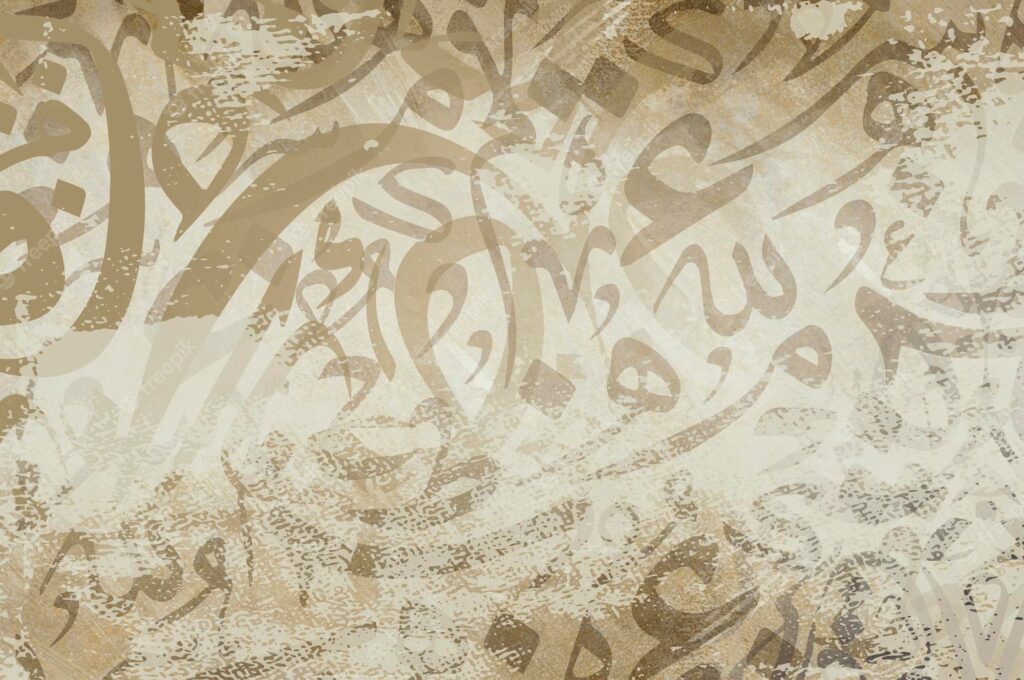
By: Souria Dabbousi / Arab America Contributing Writer
Arabic calligraphy is the art of writing and forming letters in a decorative and expressive way using the Arabic script. It is an important part of Islamic art and has been used for centuries to decorate mosques, manuscripts, and other objects. It is a centuries-old art form known for its fluid and curved script. It is a significant part of the cultural heritage of the Middle East and is often used to record and preserve scripts such as the Quran. Calligraphy is also used to pen poetry or powerful passages, as it is believed to convey the harmony and beauty of the spoken word. The script’s appearance is largely determined by the artist’s tools, and calligraphers learn how to sharpen their pens and prepare their ink to achieve clean, smooth lines. Over the centuries, Arabic calligraphy has developed several distinct forms based on local influences and philosophical approaches. This makes it relatively easy to date the period in which a Quranic manuscript was produced and where it came from. In 2022, Unesco placed Arabic calligraphy on its Intangible Cultural Heritage list. While there isn’t an exact number of how many styles there are for Arabic Calligraphy, below is a list of 6.
- Kufic

Kufic is one of the oldest and most famous styles of Arabic calligraphy. It originated in the city of Kufa in Iraq during the 7th century and was used to write the earliest copies of the Quran. The script features angular, geometric shapes and is characterized by its straight, horizontal lines and sharp angles. Kufic calligraphy was used for centuries to decorate Islamic architecture, manuscripts, and textiles. Because of its historical significance, Kufic is still widely used today in modern Arabic calligraphy and is often used for logos, book covers, and other designs.
- Dewani
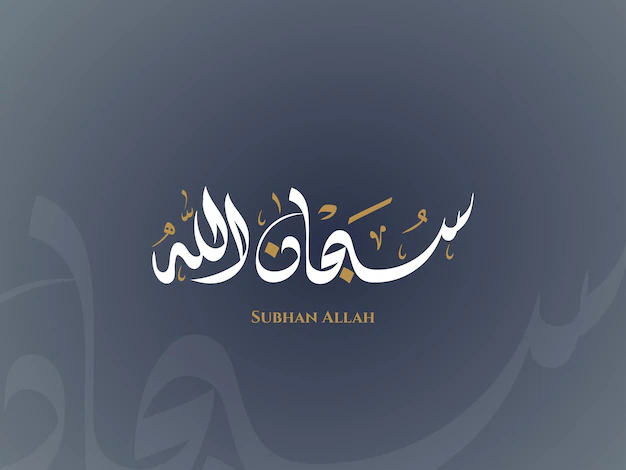
Dewani is a cursive style of Arabic calligraphy that was developed during the Ottoman Empire in the 16th century. The script is known for its flowing curves and loops, as well as its ornate and decorative nature. Dewani calligraphy was often used for official documents, royal decrees, and other formal purposes, and it was also used to decorate mosques and other buildings. Today, Dewani calligraphy is still used in modern Arabic calligraphy and is often used for wedding invitations, certificates, and other formal documents.
- Thuluth
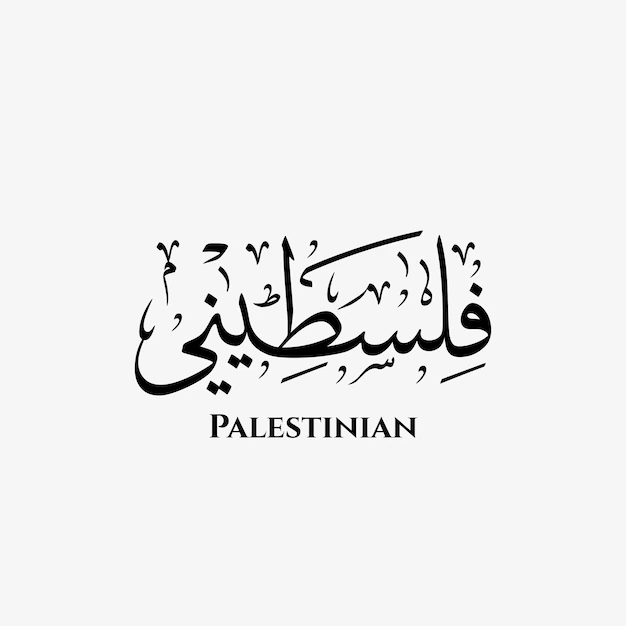
Thuluth is a popular style of Arabic calligraphy that was developed in the 7th century during the early Islamic period. The script is known for its tall, elegant letters and its use of elongated horizontal lines. Thuluth calligraphy was often used for inscriptions on Islamic monuments, as well as for the decoration of manuscripts, textiles, and other objects. The script is also used for writing Quranic verses and other religious texts. Thuluth calligraphy is still widely used today in modern Arabic calligraphy and is often used for logos, book covers, and other designs. It was not typically used for writing the Quran, but rather for decorative purposes on Islamic monuments, manuscripts, and objects such as tombstones and ceramics. One of the most well-known examples of Thuluth calligraphy is the black fabric that covers the Kaaba in Mecca, which features a gold-embroidered Thuluth script.
- Naskh
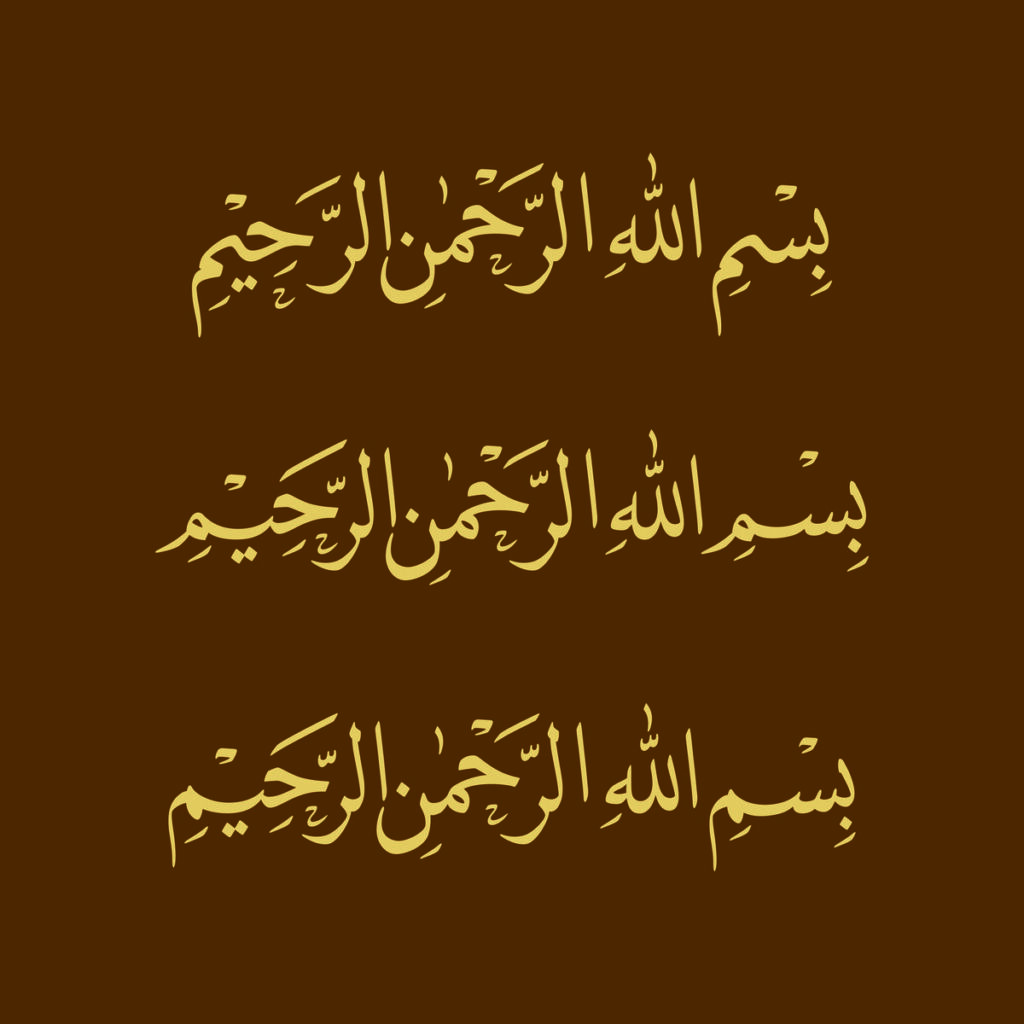
Naskh is a widely used style of Arabic calligraphy that was developed in the 10th century. The script is known for its clear, legible letters and its use in the writing of the Quran. Naskh calligraphy is characterized by its horizontal lines and short vertical lines, as well as its round, curving shapes. The script is often used for printing and typography, and it is also used for writing official documents, religious texts, and other formal purposes. Naskh calligraphy is still widely used today in modern Arabic calligraphy and is often used for logos, book covers, and other designs.
- Rayhani
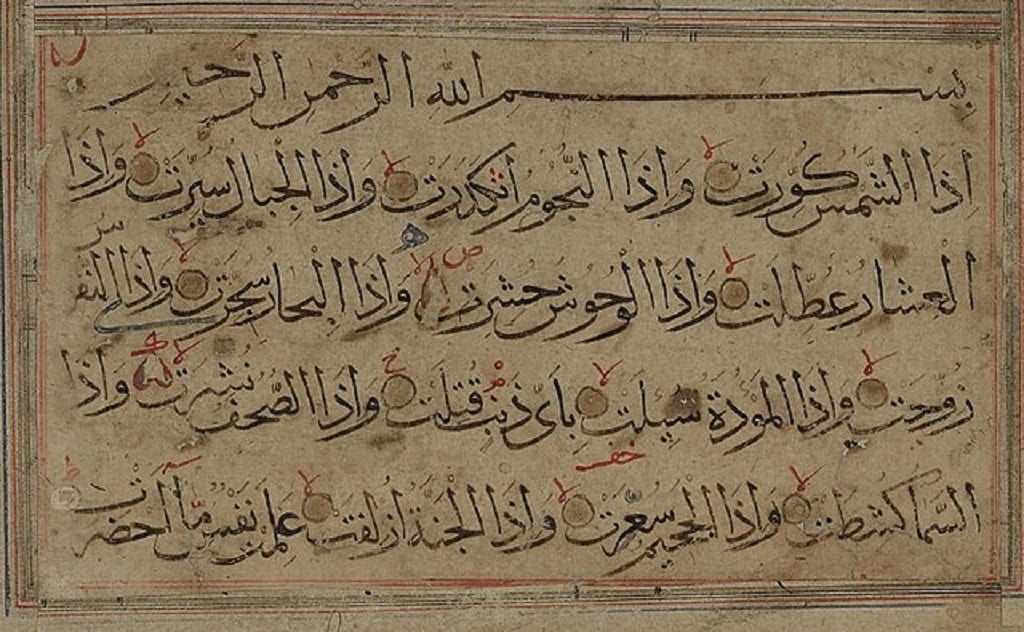
Rayhani Arabic calligraphy is named after the Rayhan plant, which means “sweet smelling plant” and is often associated with myrtle or basil. The script is known for its readability and aesthetic appeal and has been used for Quranic text. It is said to have been invented by Ibn As-Sitri during the Abbasid era, who was known for his skill in producing handwritten copies of the Quran. Rayhani calligraphy is characterized by a spike on the initial letters of words and pointier letters than the Naskh style of writing.
- Muhaqqaq

Muhaqqaq is a type of Arabic calligraphy that is known for its elegance and beauty. It was developed in the 13th century and is often used for religious texts and manuscripts. The script is characterized by its tall, elongated letters and its sweeping curves and flourishes. Muhaqqaq calligraphy is often used for decorative purposes and is known for its intricate, complex designs. The script is also used for inscriptions on monuments and buildings, as well as for book covers and other designs. Despite its ornate appearance, muhaqqaq calligraphy is still widely used today and is considered one of the most beautiful styles of Arabic calligraphy.
Check out Arab America’s blog here!









